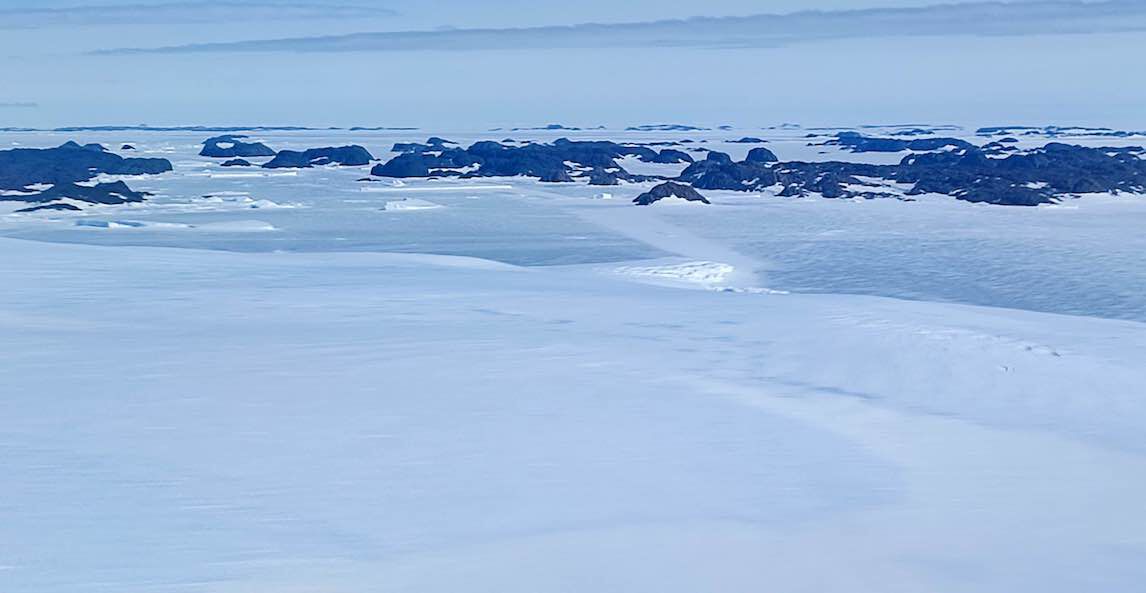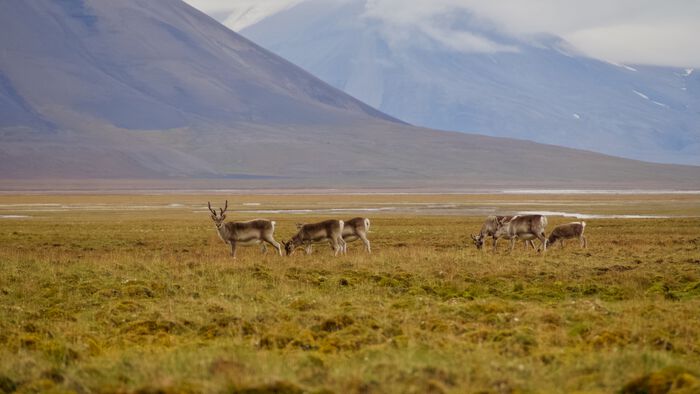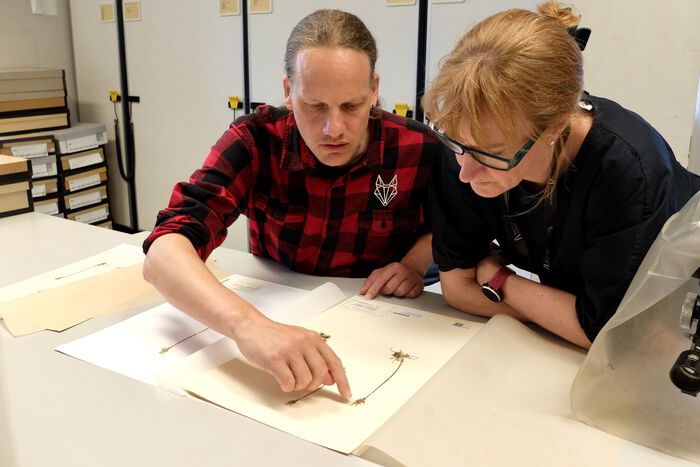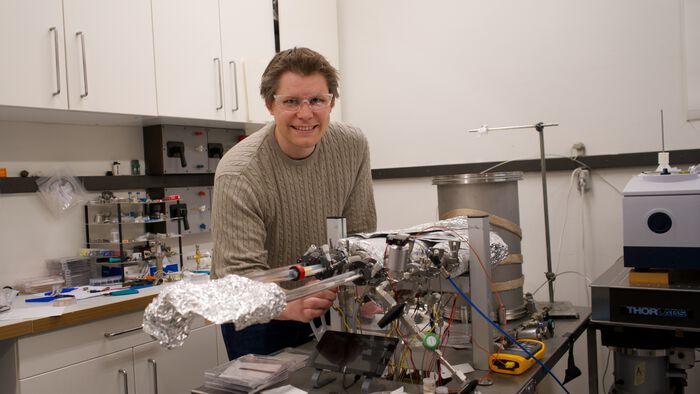23 January 2022, Bunger Hills, Antarctica
Finally! On Saturday 8th of January, after several days of waiting for good weather, the helicopter took us to the oasis. We passed over tall cliffs and deep crevasses of the Shackleton Ice Shelf and then saw the Bunger Hills surrounded by glaciers.
We are now here, in an Antarctic oasis, which stretches more than 40 kilometers in the east-west and 20 kilometers in the north-south directions. Rugged hills, shallow valleys, moraines, and many lakes of different colours are all witnesses of glaciers that were here long time ago. To the south and east the oasis is dominated by the Antarctic ice cap quickly rising towards the South Pole. Fierce winds from the continent have eroded, over centuries, the rocks and formed beautiful and sometimes frangible ornaments.
Our old station is right in the middle of the oasis and next to its largest lake (Figurnoye/Algae) that goes through almost whole oasis. When we arrived, the four buildings that make up the station were in a much better shape than we expected. The main building was almost ready to move in. The second living building was in a quite demanding state with the roof weakened due to strong winds. Here we discovered the food storage from late 1970s. Rice, oats, canned meat, milk, bread and butter looked quite good, but we did not dare to try it. The first aid kit was loose and covered by ice. The photographic darkroom was full of ice and snow, and we decided to use it as a fridge.

We could not enter the small geophysicist house near the main buildings because its doors and corridor were blocked by snow and ice. Another small hut, which used to host magnetometer, was filled with the spare helicopter parts that got frozen into the ice. What were these spare parts doing here? It turned out that the expedition that was here over 40 years ago came with a helicopter and 150 kg of spare helicopter parts. That last expedition had to leave quickly due to bad weather, which happens quite often on the Antarctic continent, and the boxes were quickly stored in the hut. Over decades the boxes got open and the spare parts got covered with ice.

We set up the camp next to the buildings. The following day, the helicopter brought us two containers full of cargo, and we could start our work. After two days of cleaning and removing ice from places that had not been properly sealed, we could start using the main building. Here we prepared the kitchen, a storage room and a small room for the expedition leader. Slowly, the living standards got improved. The heater, eco-friendly toilet, power generator, solar panels, water tank - everything was installed within the first week.
The expedition leader moved into the main building, while rest of us decided to stay in tents. These are sturdy and spacious tents made for expeditions’ base camps. Even in stormy weather, it is warm and quiet inside, and the sleeping bags could keep us warm down to -50 degrees.
We wanted to start geophysical observations as soon as possible. Once we got electricity, we mounted the antenna on the roof and started monitoring the ionosphere. In the meantime, we managed to enter the geophysical building. It turned out that only the corridor was full of ice, while the rest of the building was in a perfect condition. We mounted the seismometer on a special pillar in the hut, next to the gravimetric point - a place where very accurate measurements of the Earth gravity field were made over 40 years ago (this gravimetric pillar is now designated as a historic monument in Antarctica).
It took us several days to de-ice and recover all spare helicopter parts in the magnetometer hut. Hundreds of items, sometimes small bulbs and seals with full documentation, were slowly taken out of the ice. It was like a never-ending-story to clean this small hut and recover all parts, dry and pack them again. But finally we also installed the magnetometer.
Now we are running all instruments: magnetometer with additional magneto-telluric system, seismometer, ionospheric scintillation receiver, GPS for positioning, and the weather station. We have recorded geomagnetic storms and several earthquakes which propagated here all the way from New Zealand and Indonesia. We are also carrying out environmental studies, using the laser scanner, and collect samples in the field. In addition we carry out geological and paleogeological studies.

After more than 40 years of silence, the Dobrowolski station is operational again! Today we officially reopened the station. On this occasion, our colleagues from the neighbouring Oasis-II station invited us for delicious three course dinner.
Wojciech J. Miloch
Department of Physics, UiO
Professor Wojciech Miloch, at the Department of Physics, UiO, is participating in the scientific expedition to the A.B. Dobrowolski station in Bunger Hills, East Antarctica. The goal of the expedition is to revitalise the research station and restart geophysical observations in Bunger Hills. Miloch writes a blog from the journey.
**********
The 4th PARE is organised by the Institute of Geophysics of the Polish Academy of Sciences from the funds provided by the Ministry of Science and Education of Poland. The research program of WJM is supported by the European Research Council (ERC) under the European Union’s Horizon 2020 research and innovation programme (Grant Agreement No. 866357, POLAR-4DSpace), and in part by the Research Council of Norway Grant number 267408.
The official website of the 4th PARE.





